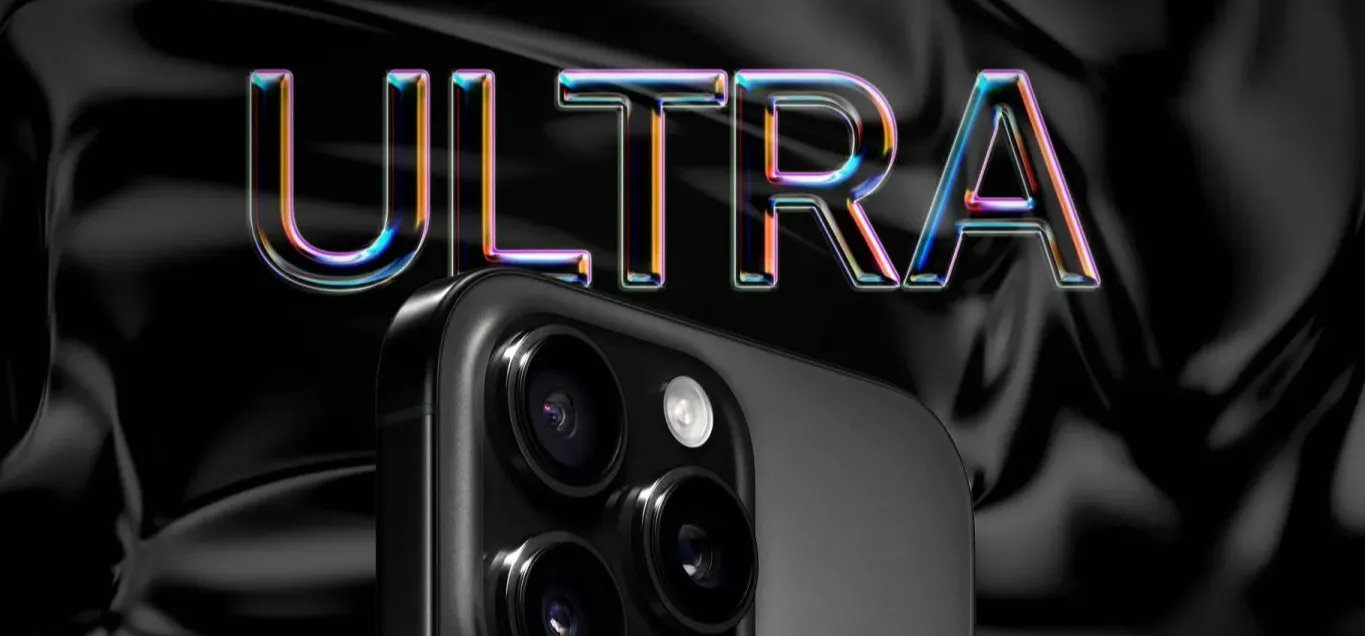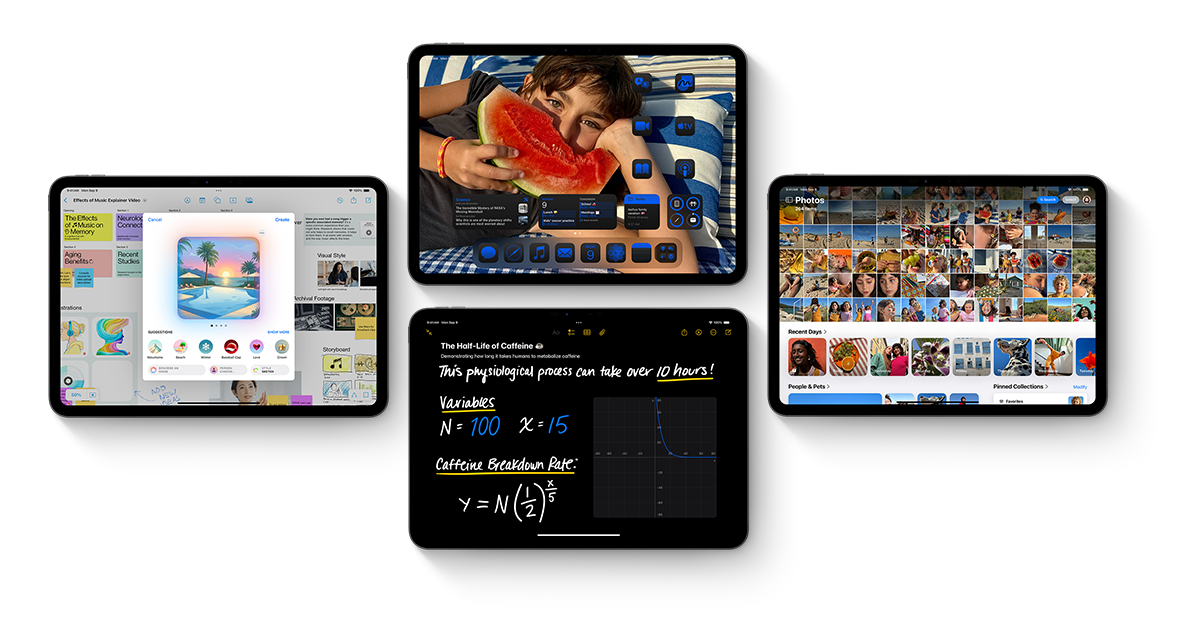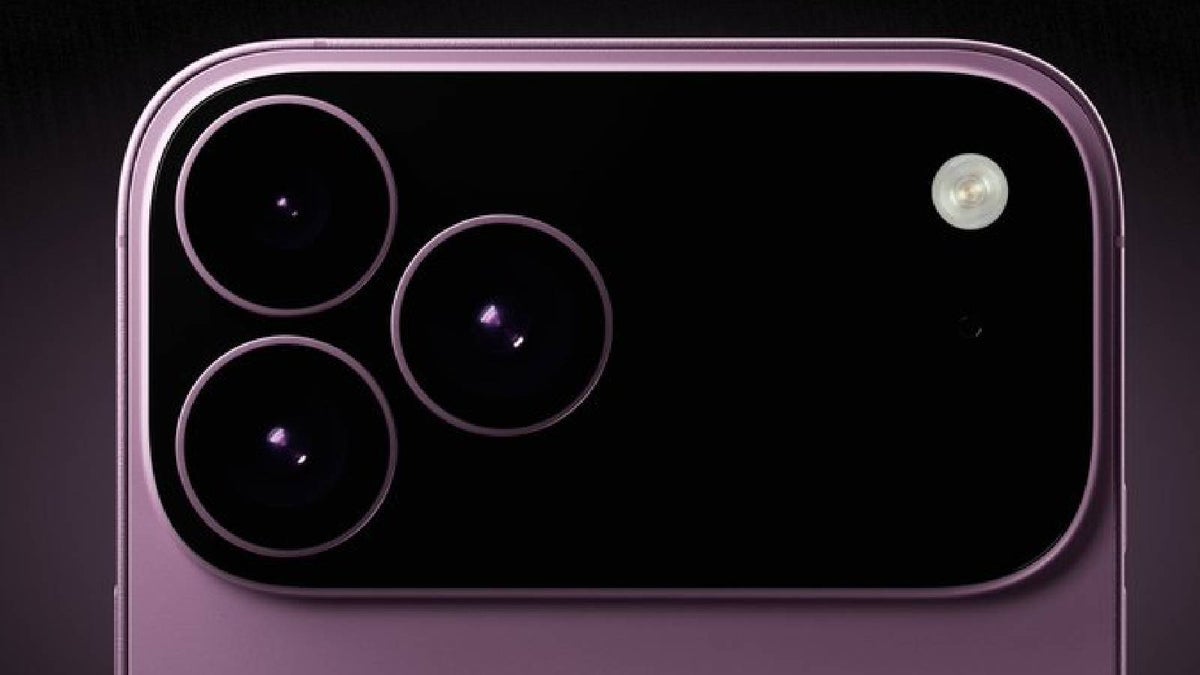Apple has announced that the iPhone 8, iPhone 8 Plus and iPhone 7 Plus now count as vintage products. They went unsupported by Apple over five years ago, but it has been less than seven years since the company stopped making them. Vintage Apple products can still get serviced and repaired as long as necessary parts are available, according to the policy.
The iPhone 8 and iPhone 8 Plus were unveiled in the month of September 2017. At the same time as the iPhone X, the iPhone 8 and 8 Plus had glass rear designs, supported wireless charging, and used the A11 Bionic chip. The new models have a home button and Touch ID, as some users still choose them over using Face ID.
With the iPhone 7 Plus in 2016, Apple brought a dual-lens camera, allowing people to take close-ups and portrait shots of subjects. This iPhone also didn’t have a headphone jack,k which was a big subject of discussion at its release.
Five years after Apple stops selling a product, it goes on the vintage list, and after seven years, it becomes obsolete. Support for the software on old Apple products has come to an end.
If you’re using one of these phones, now might be the right time to switch to a newer model. They will probably keep working well today, but continued updates and fixes will grow less frequent in the future.





